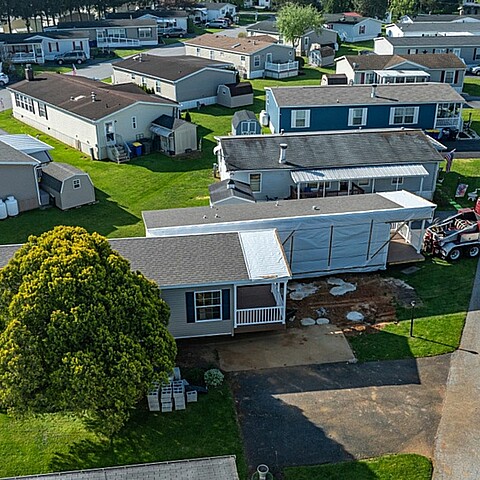Health
Radioactive waste from WWII found at Missouri elementary school playground
Residents fear the radioactive material might be linked to several cases of illnesses, diseases, and deaths in the area
October 17, 2022 7:39pm
Updated: October 17, 2022 7:39pm
An elementary school near St. Louis was found to have high levels of radioactive contamination that come from atomic waste dating back to the 1940s. Residents fear the radioactive material might be linked to several cases of illnesses, diseases, and deaths in the area.
A study by the Boston Chemical Data Corporation found that the radioactive levels found at the Jana School in Florissant, Missouri were “unacceptable.”
“The Jana School, like many homes, institutions, and businesses in the area, borders Coldwater Creek. This waterway has been contaminated by leaking radioactive wastes from disposal that began shortly after World War II and is not yet cleaned up,” said Marco Kaltofen, the author of the study.
“The wastes in the creek come from residues of the Manhattan Engineering District Project. Many properties in this area get tested with some regularity,” said Kaltofen. “Unfortunately, when Coldwater Creek floods its banks, some of that radioactive material is deposited on neighboring land, such as the school.”
As part of the study, 32 samples of soil, dust, and plants were taken in August for the school’s library, ventilation system, and classroom surfaces.
“The most outstanding result of August 2022 testing at the Jana school was that levels of the radioactive isotope lead-210 found on school grounds were entirely unacceptable,” the report said.
The study found that the lead-210, or radioactive lead, in the playground was “more than 22 times the expected background.” Similarly, the lead-210 levels on the school’s basketball courts were “more than 12 times the expected background.”
Lead exposure can affect every system in the body, including the brain and nervous system. Additionally, it can slow growth and lead to learning and behavioral problems, reported CNN. Later in life, exposure to radioactive lead can lead to cancer.
The radioactive lead does not necessarily stay within the school. Individuals can spread radioactive materials, such as dust, to other people through their clothing.
The school district said it was aware of the report and was “actively discussing the implications of the findings” to “determine the next steps” to keep the area safe for its children.










